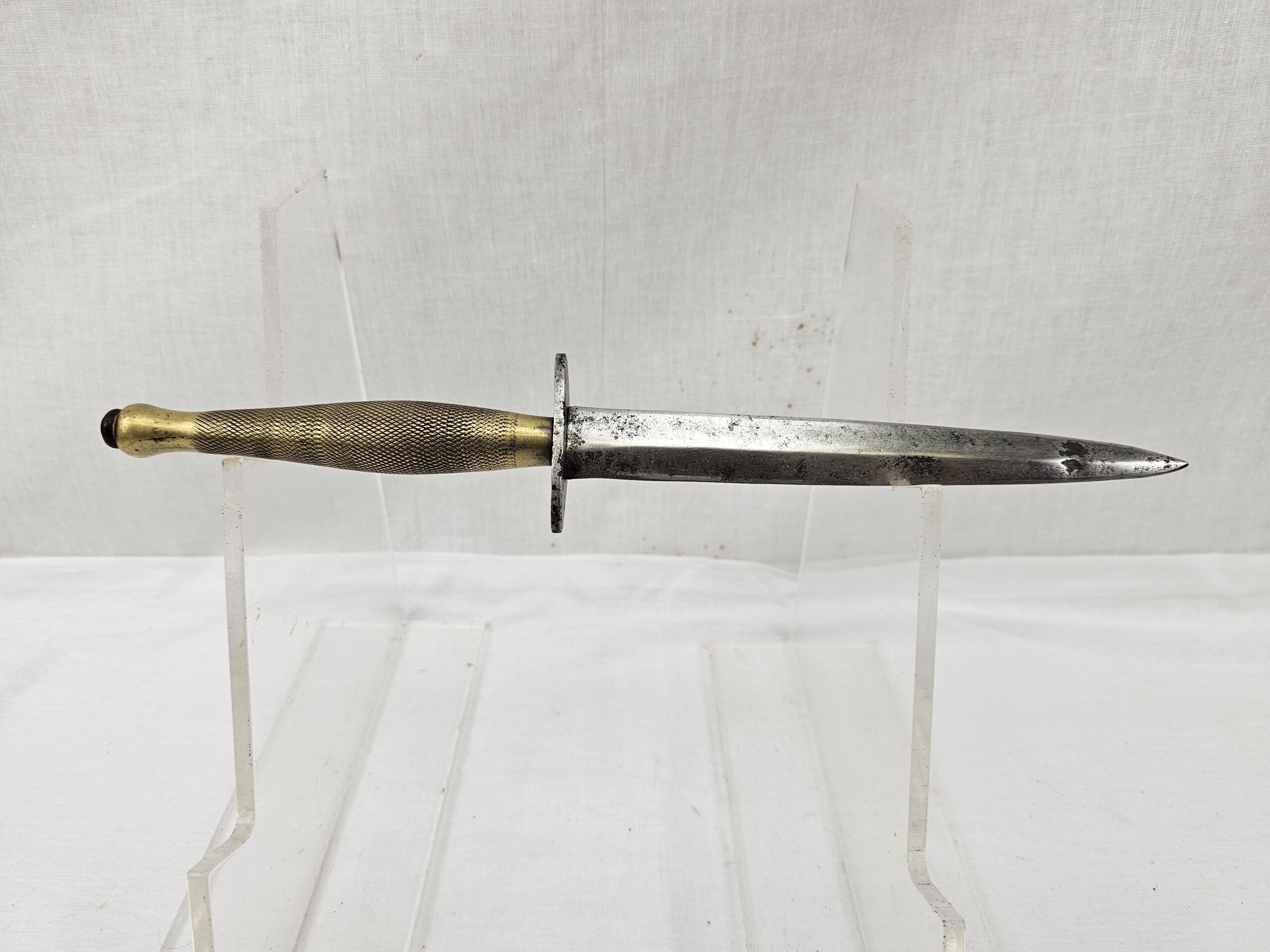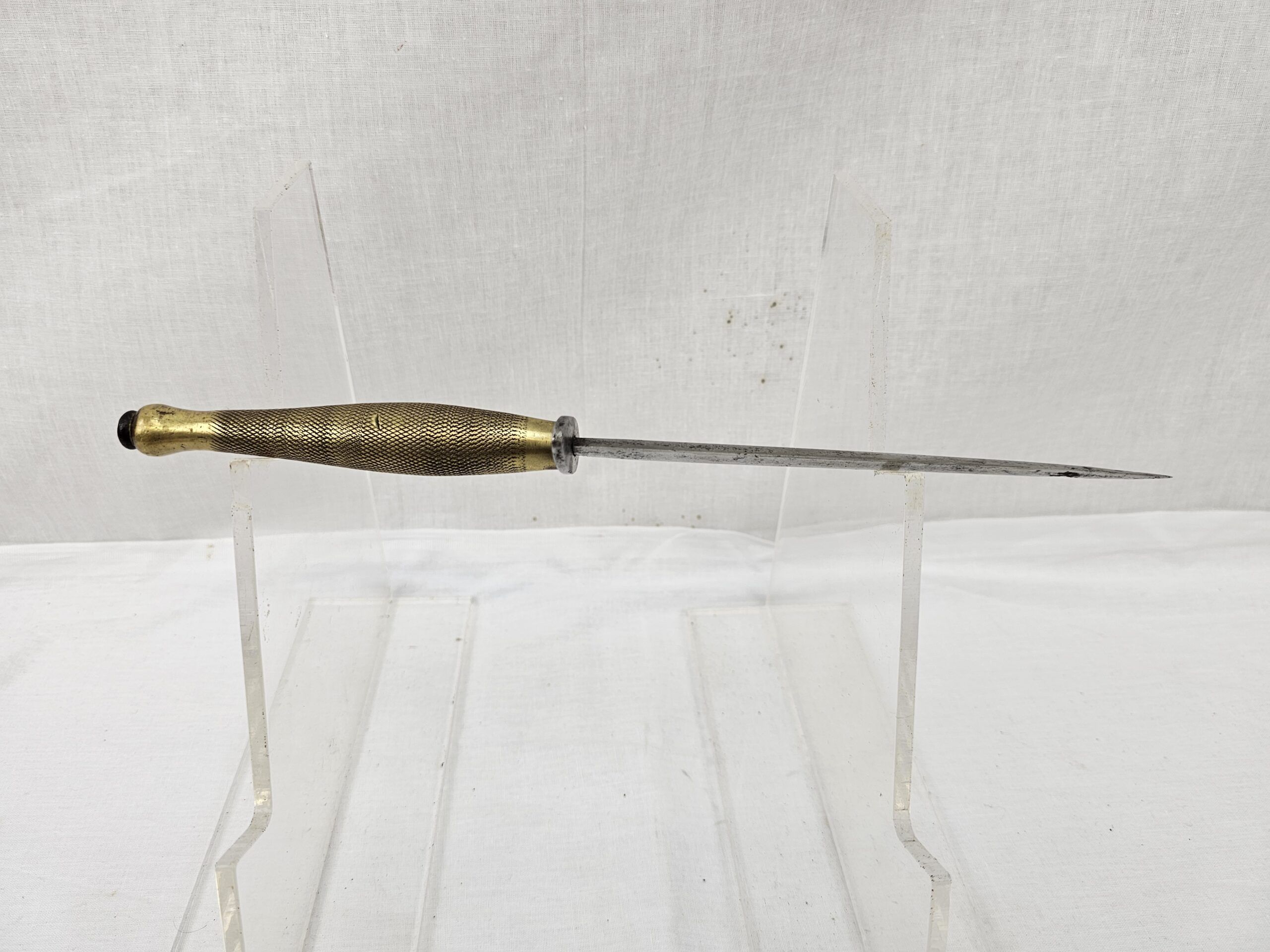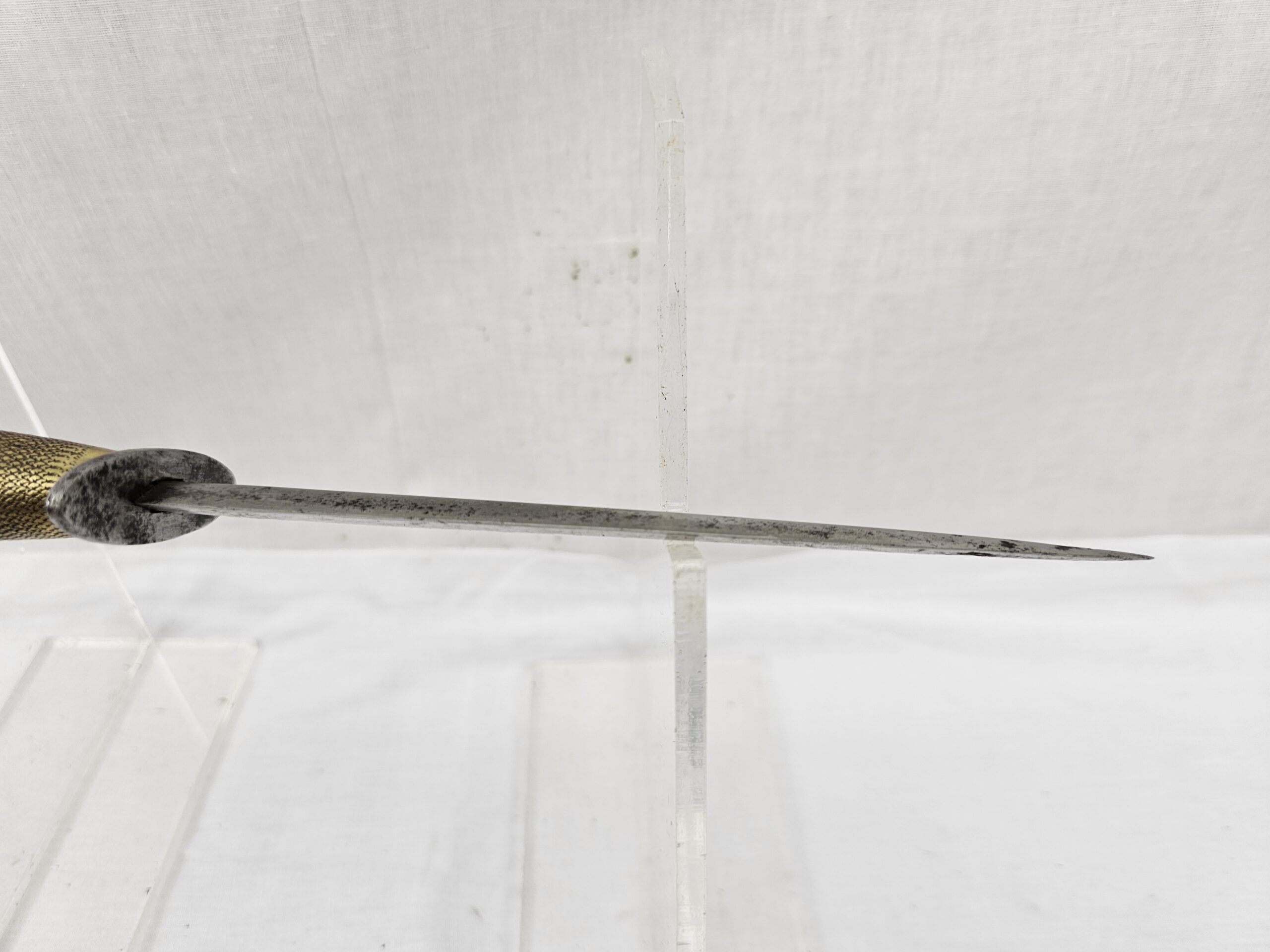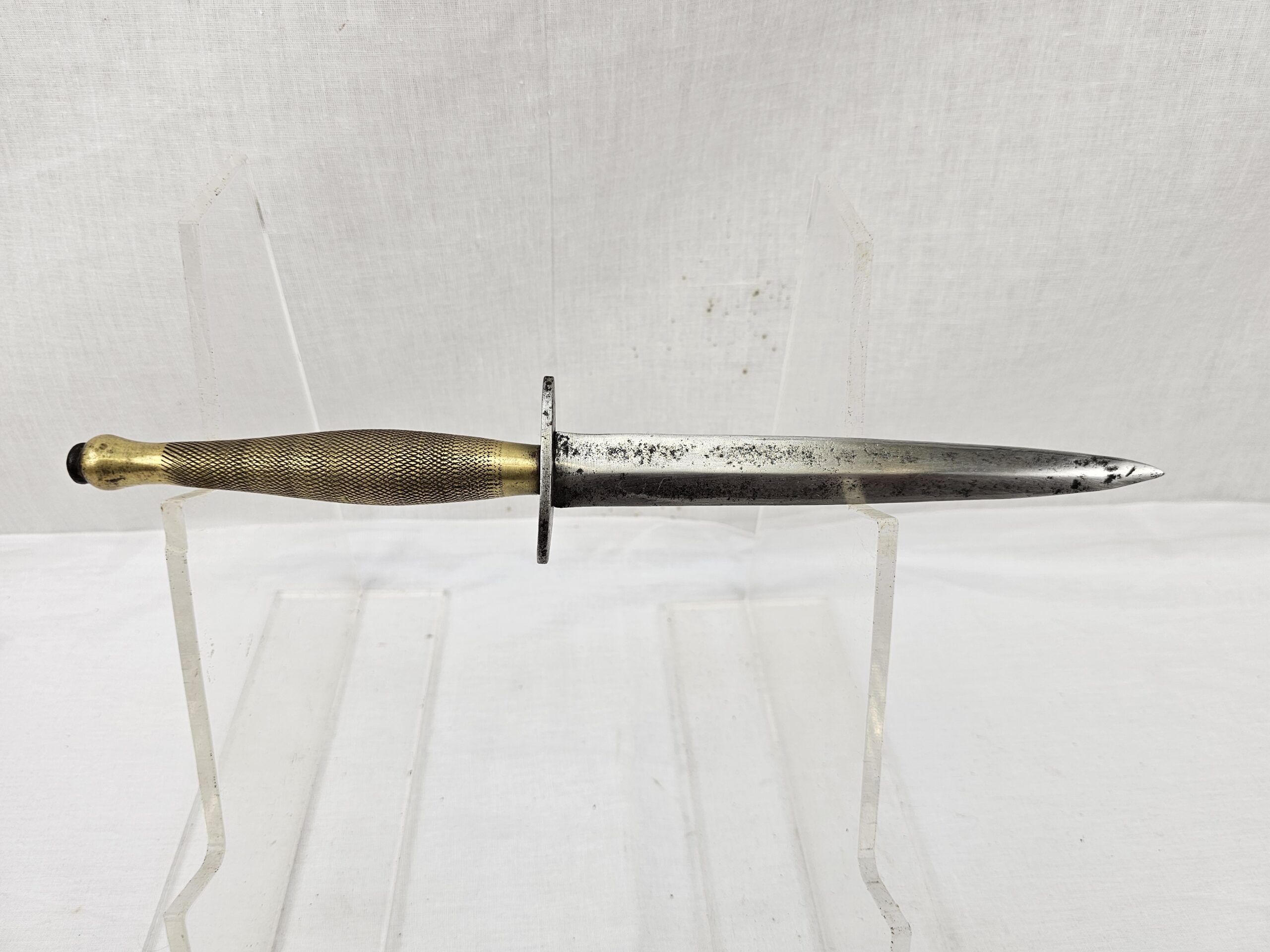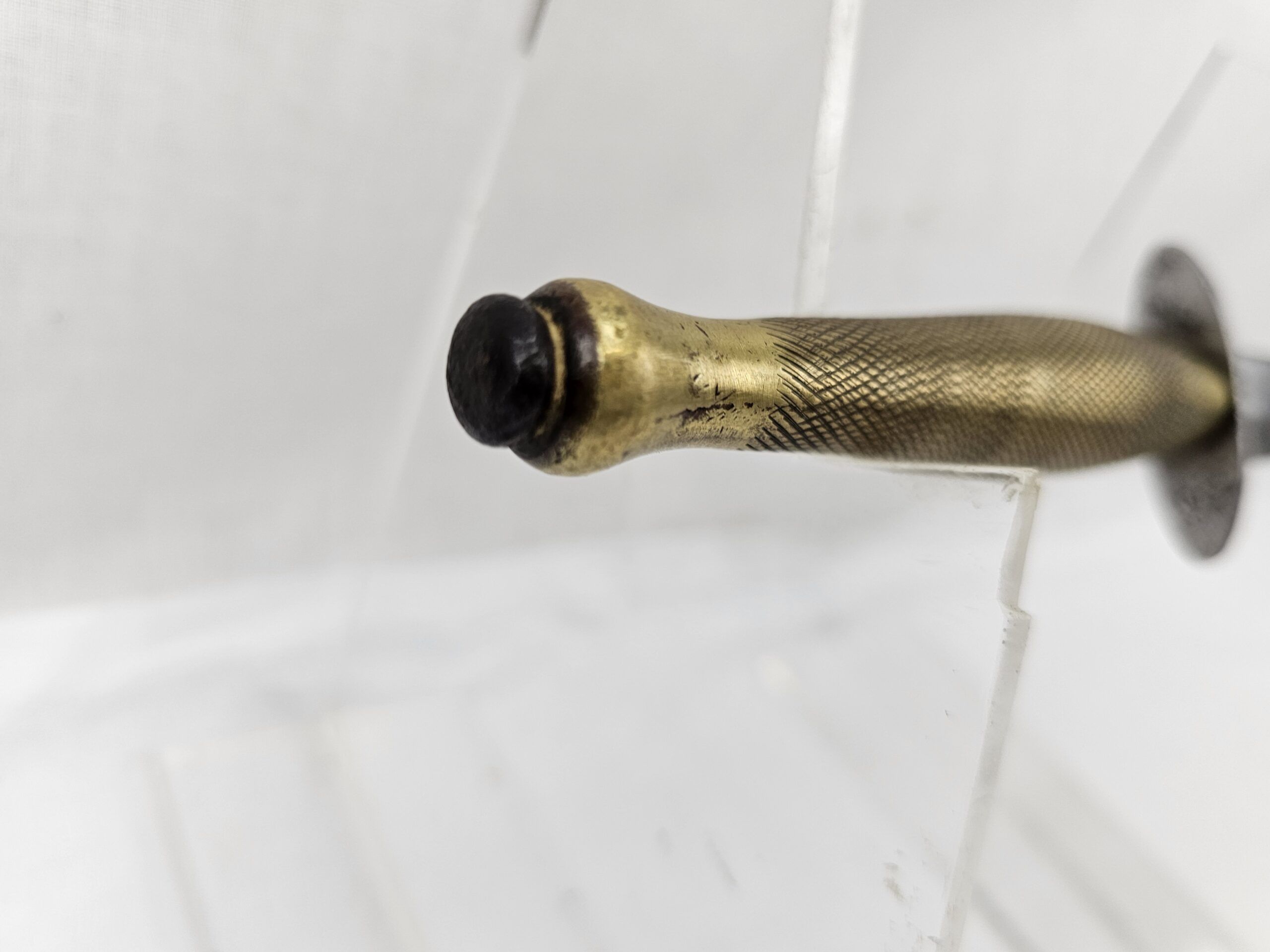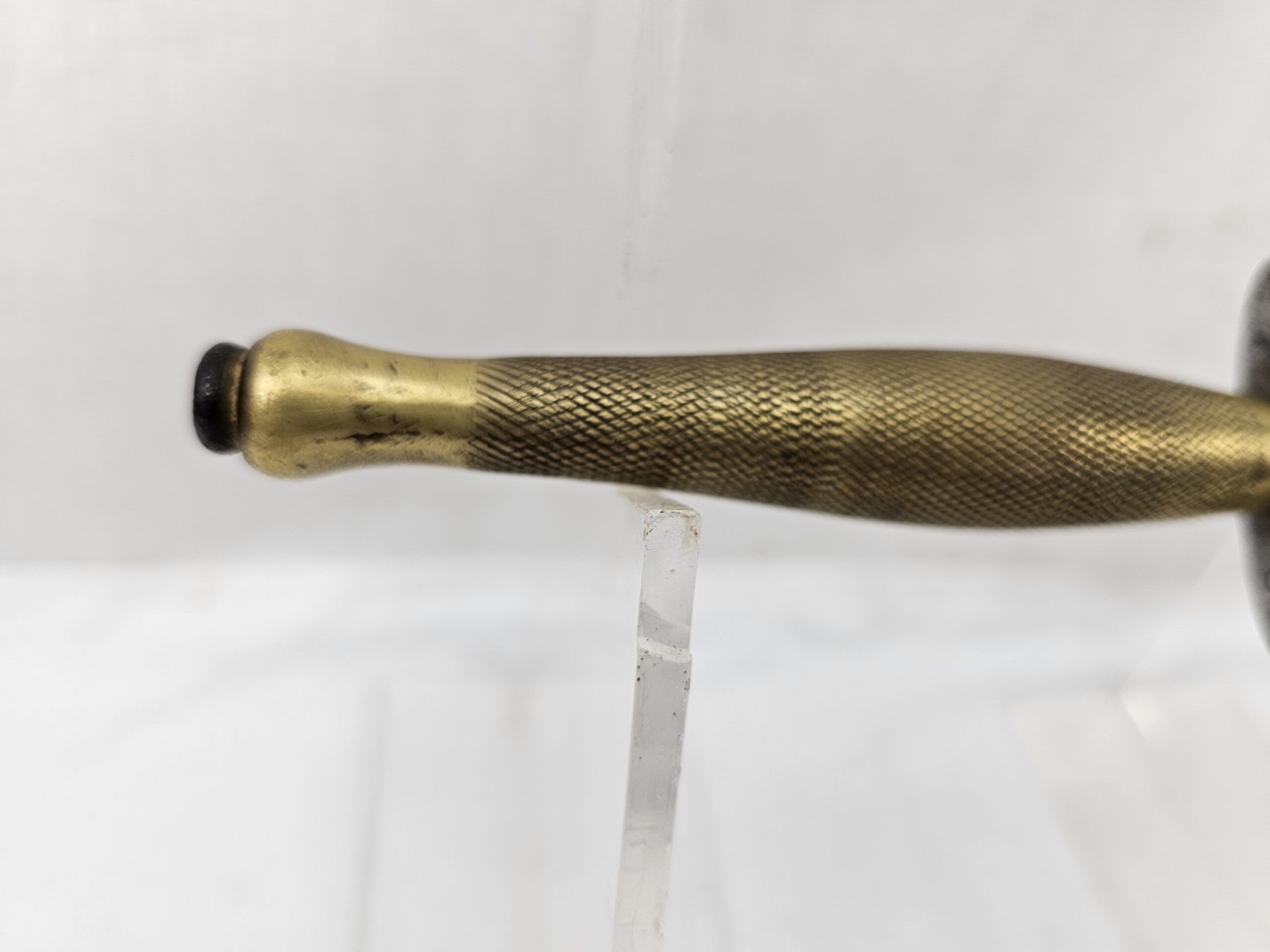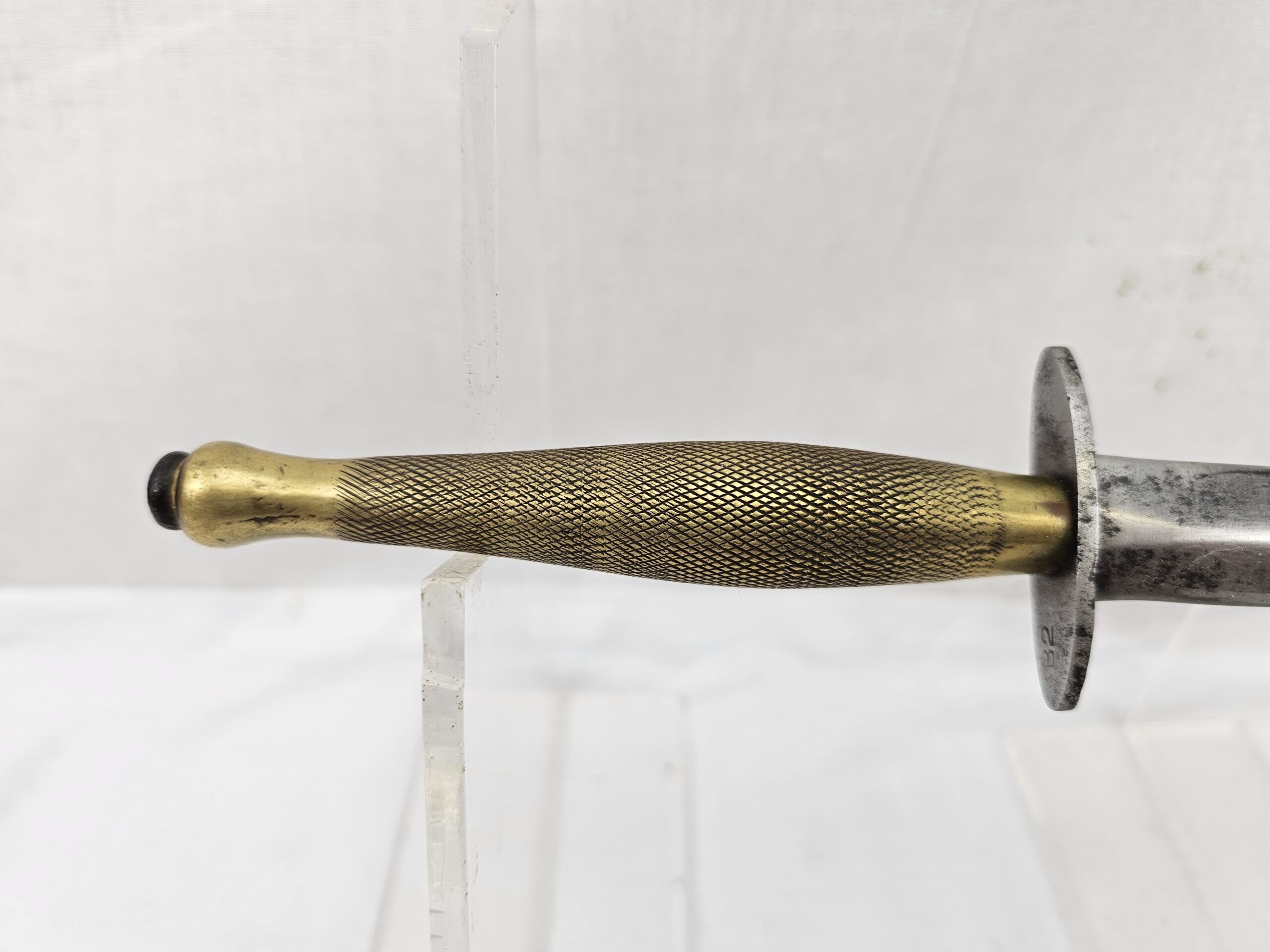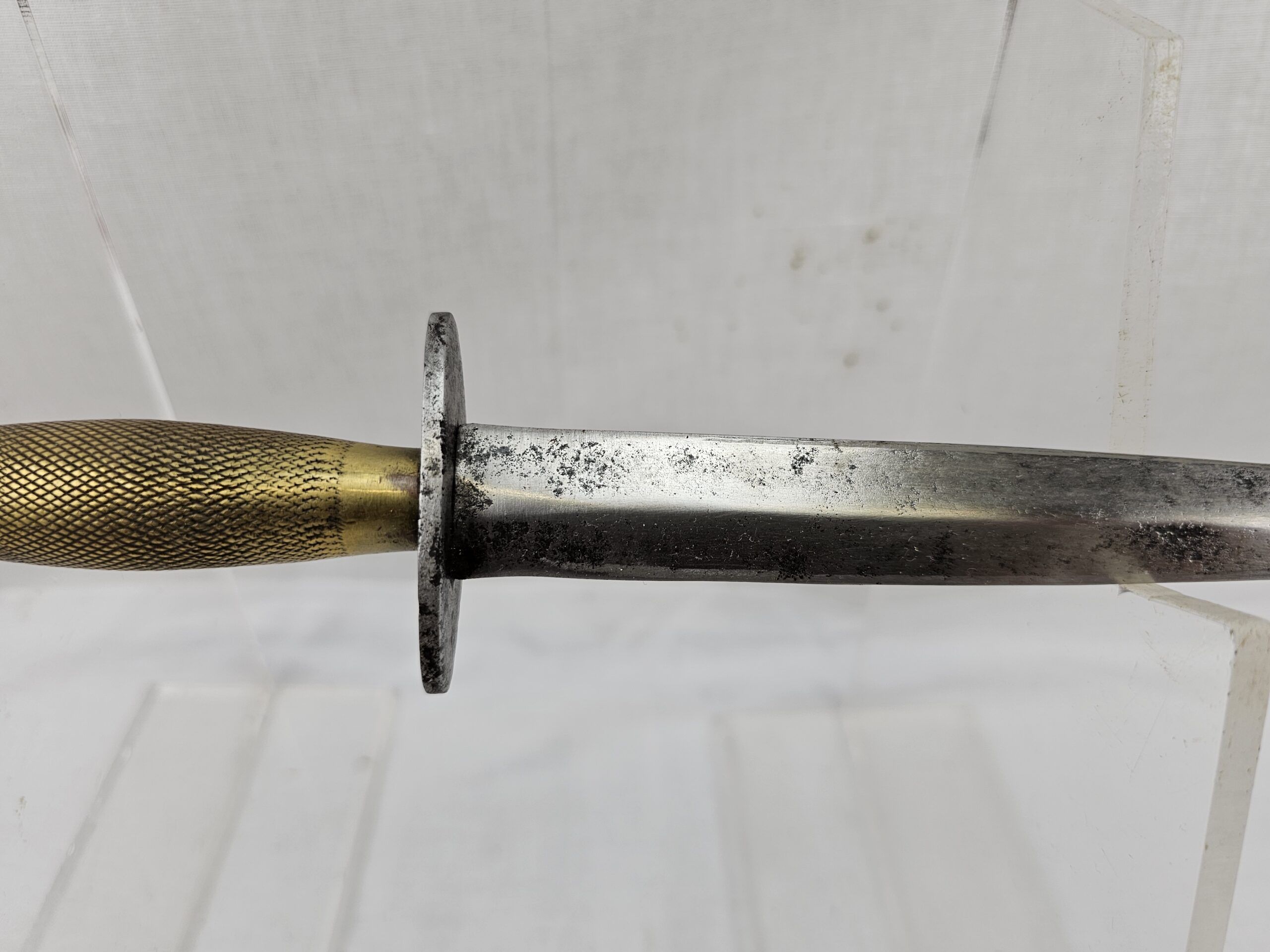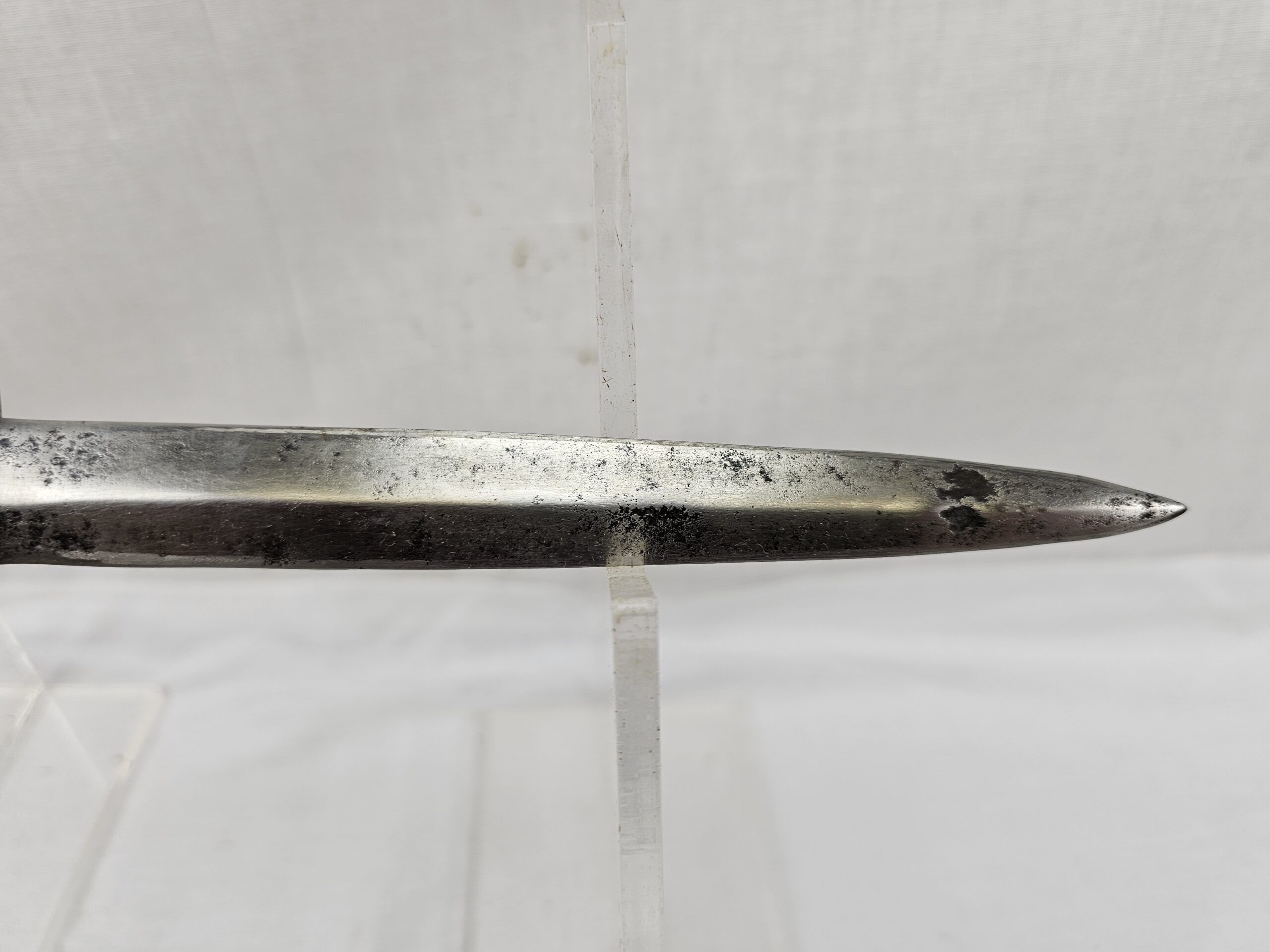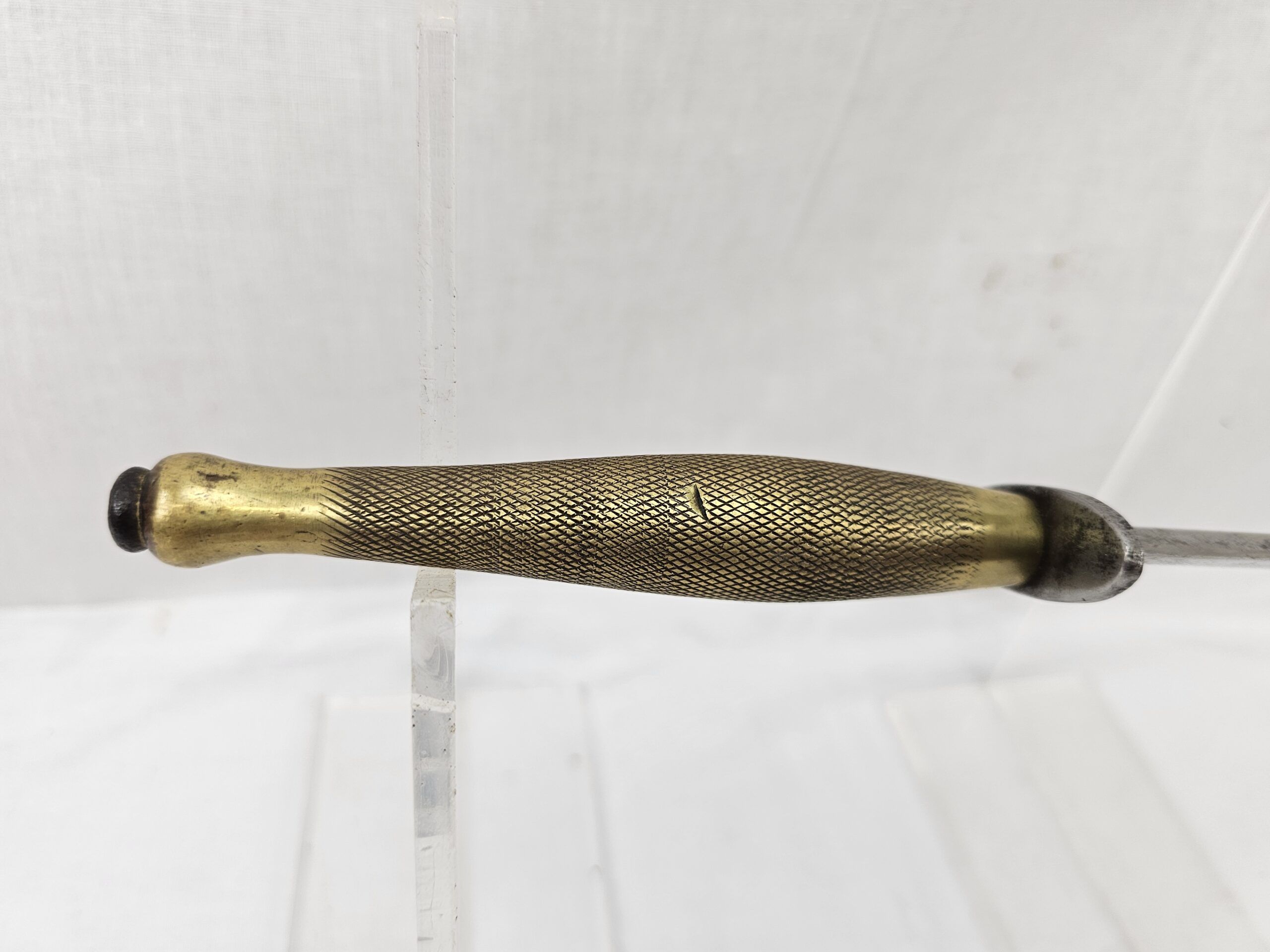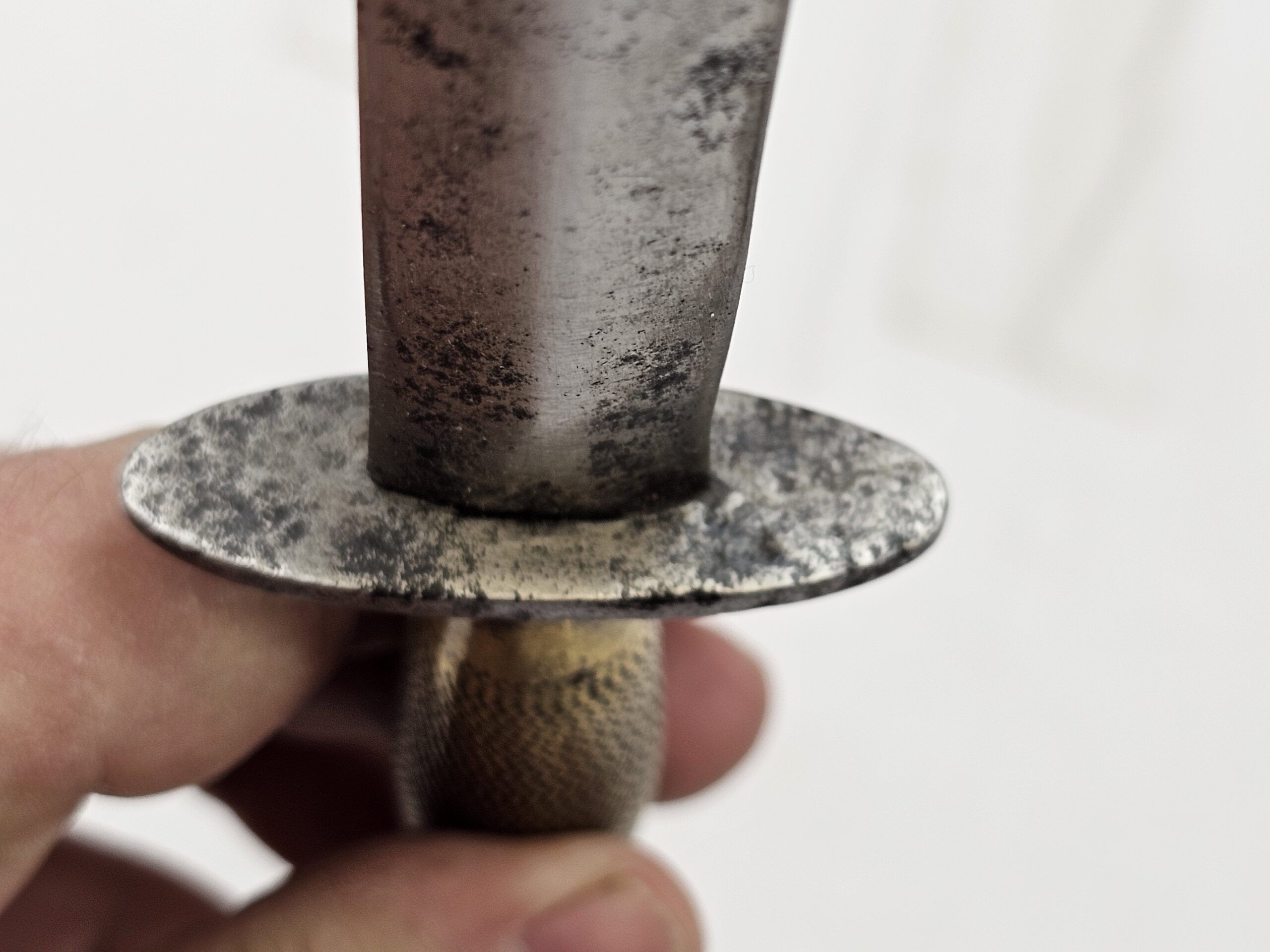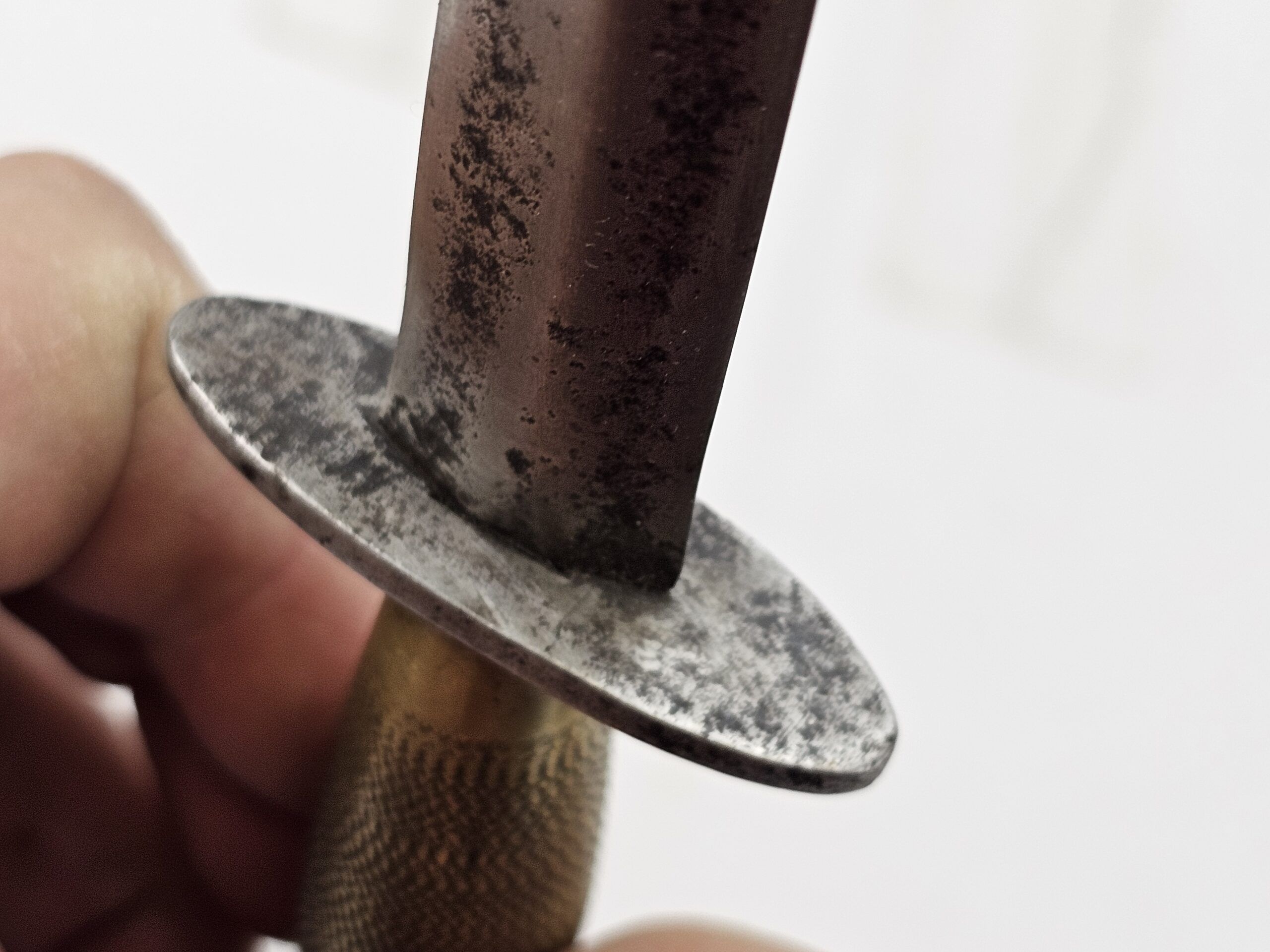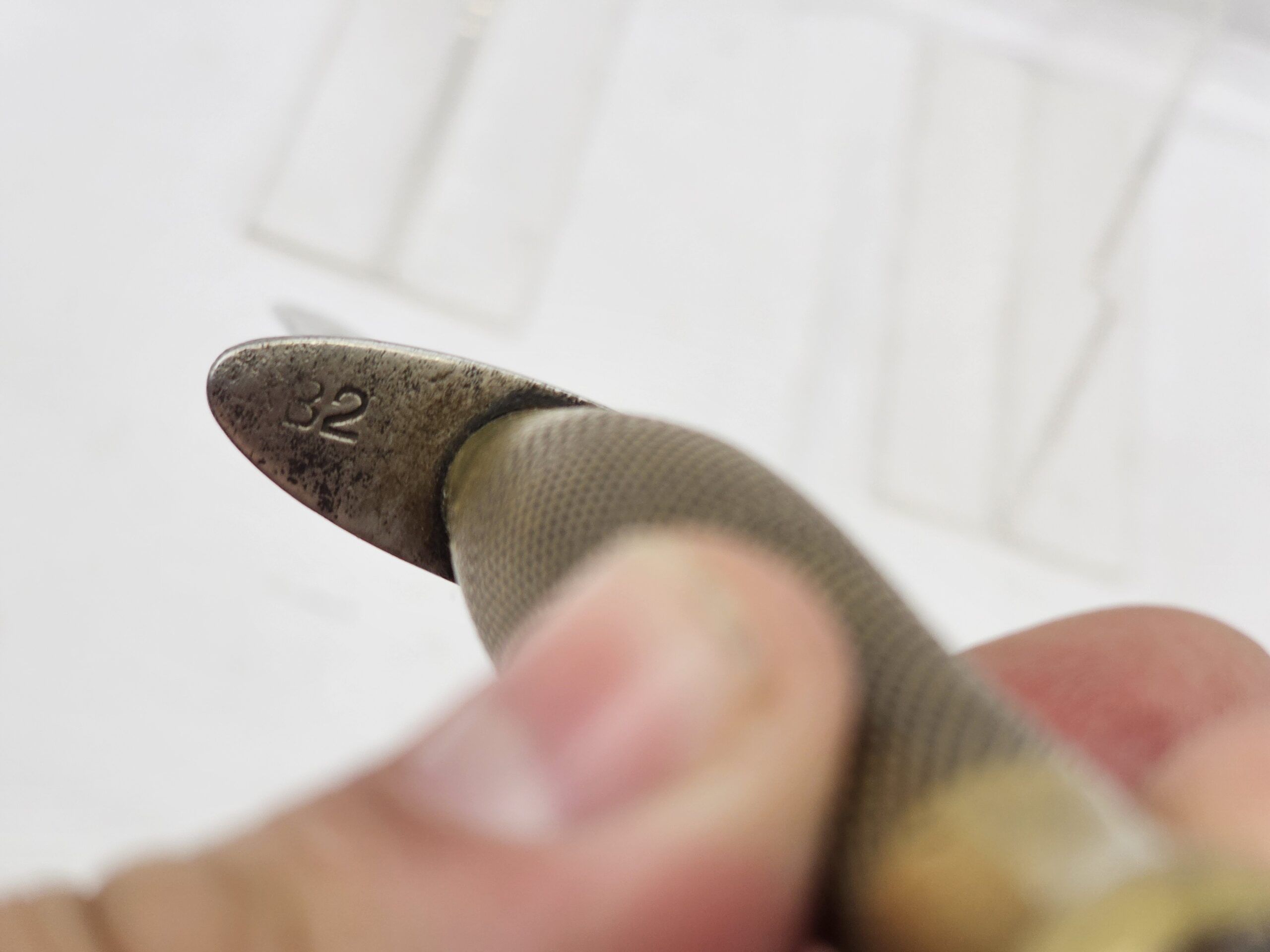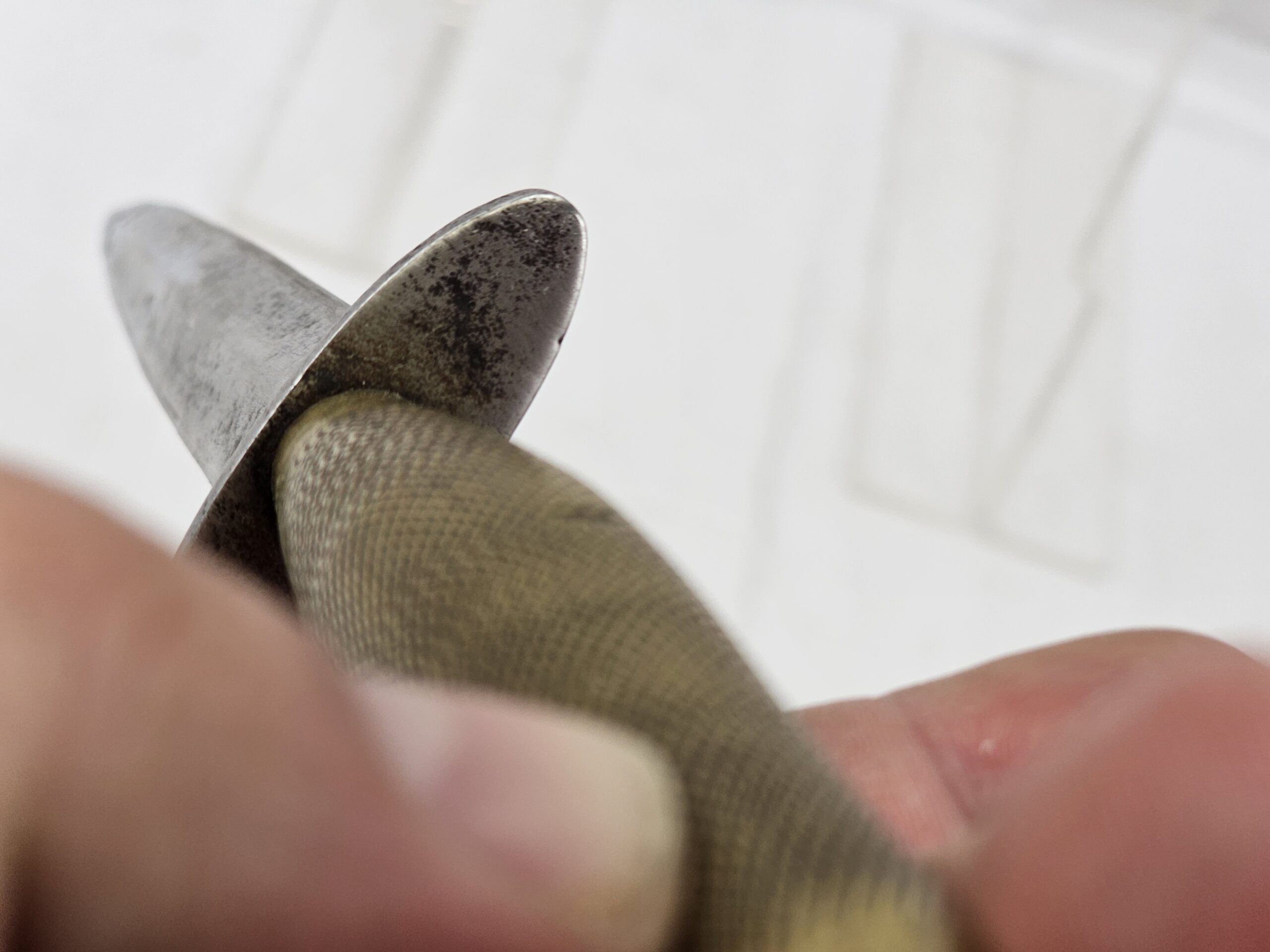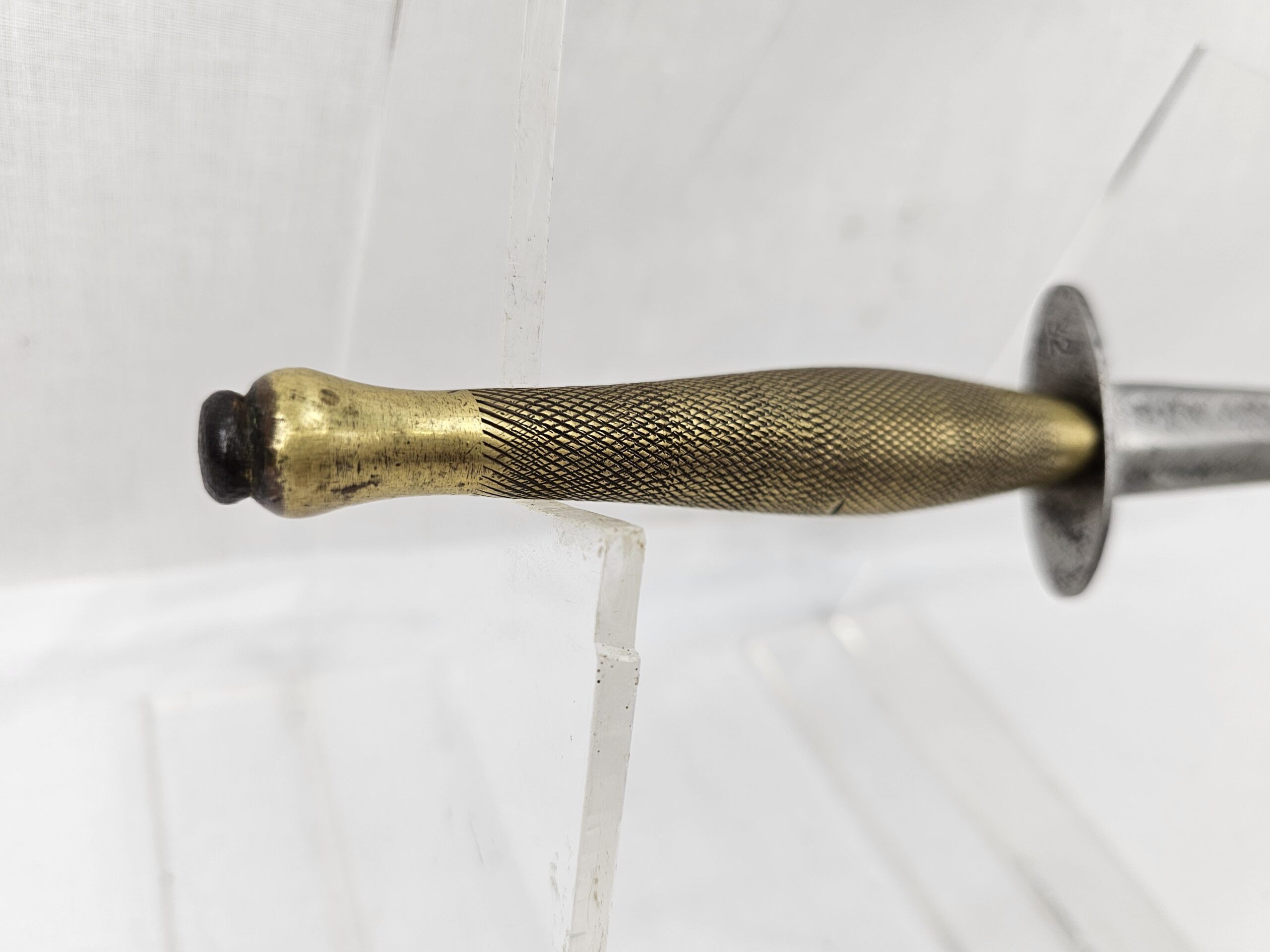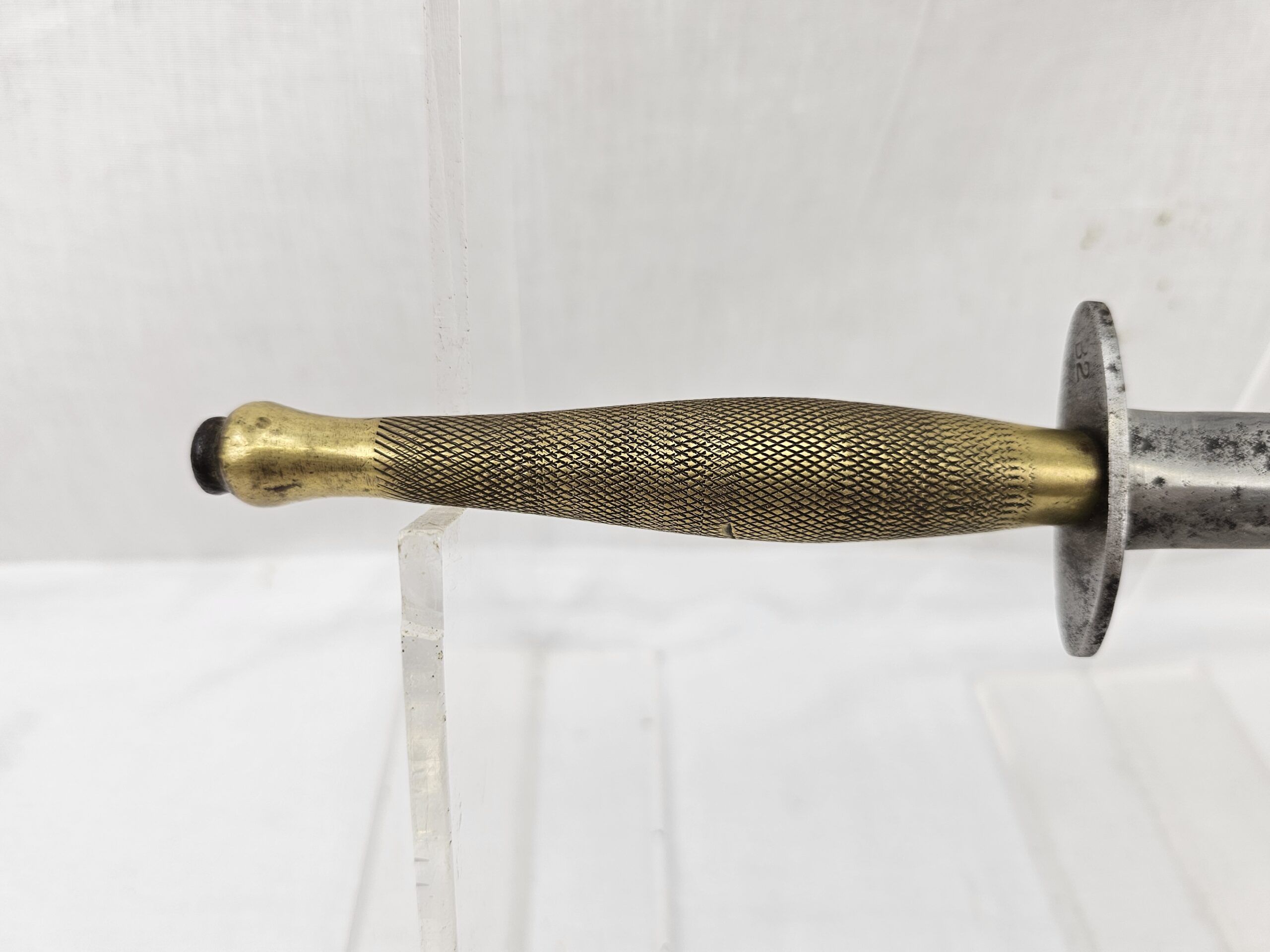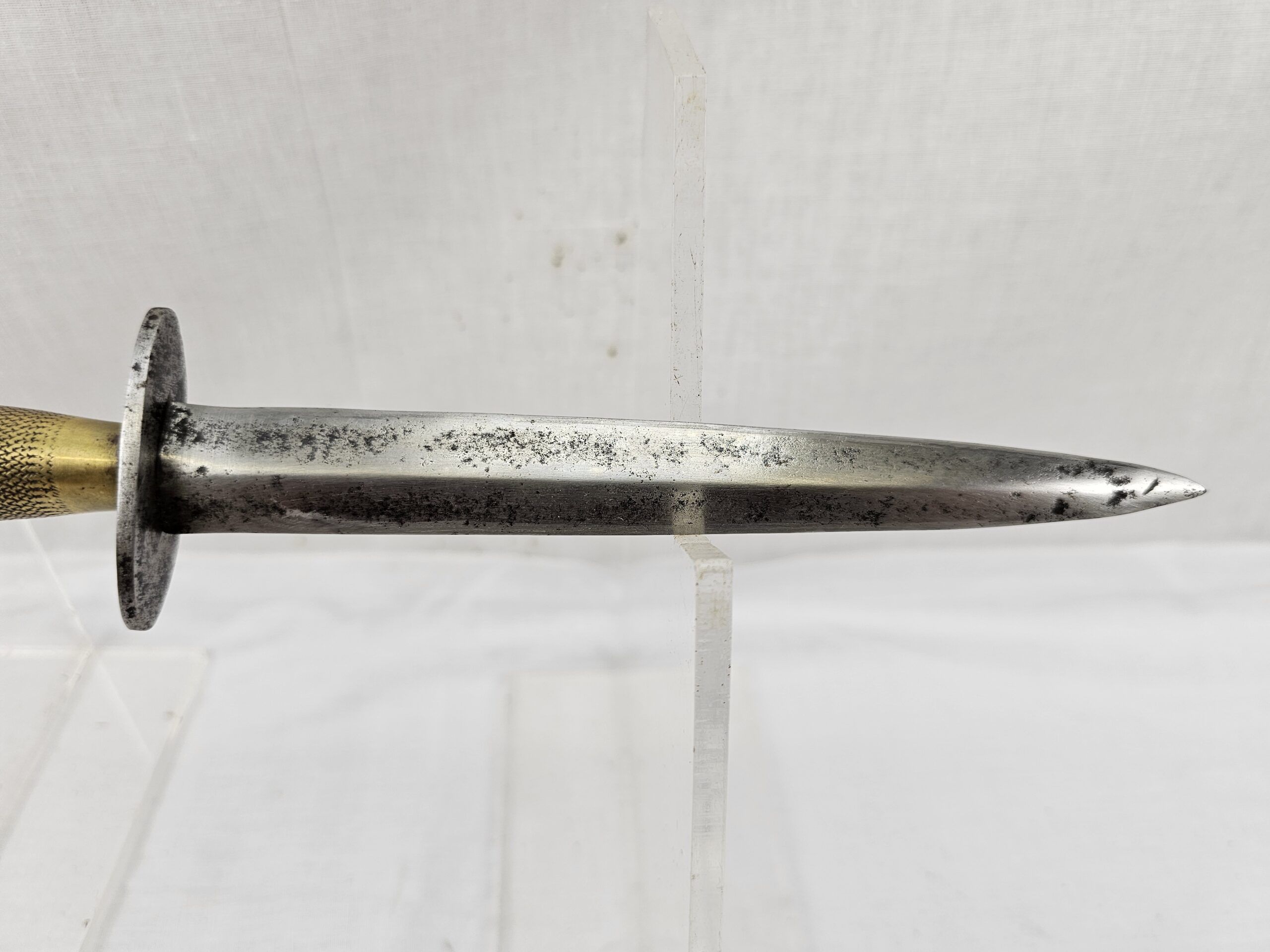~ WW2 Second Pattern B2 Fairburn Sikes Commando Dagger ~
A period second pattern commando dagger, this particular one has the cross guard stamped ‘B2’.
The Second Pattern B2 Fairbairn-Sykes Commando Dagger is an iconic piece of military equipment used during World War II, particularly by British and Allied commando units. Its design and effectiveness made it one of the most recognizable and revered knives of the era, serving not only as a weapon but also as a symbol of the elite status of its bearers. Here’s an overview of its history, design, and legacy:
~ Condition ~
The blade has seen extensive use and has quite some amount of pitting and it has been resharpened.
Background and Development
-
Origins: The Fairbairn-Sykes dagger was designed by William Ewart Fairbairn and Eric Anthony Sykes, who were both involved in close combat training for the British Commandos, Special Air Service (SAS), and other special forces units. The dagger was introduced in 1941, with the second pattern following shortly after.
-
Purpose: It was specifically designed for close combat and silent killing, reflecting the commandos’ need for stealth and efficiency behind enemy lines. The dagger was part of the extensive and rigorous training in unarmed and armed combat that commando units underwent.
Design Features
-
Blade: The second pattern B2 Fairbairn-Sykes dagger features a stiletto blade with a double-edged design, optimized for thrusting and capable of delivering lethal stabs. Its length and sharpness made it particularly effective in hand-to-hand combat.
-
Handle: The handle of the second pattern differed from the first by adopting a knurled and sometimes checkered grip pattern for better handling and grip, reducing the chance of the knife slipping during use. The “B2” mark indicates official British acceptance marks, showing that the knife met the required specifications.
-
Sheath: The dagger came with a leather sheath that could be attached to a belt or leg, ensuring that it was readily accessible for the soldier.
Operational Use
-
Close Combat: The Fairbairn-Sykes dagger was primarily used for close combat encounters, allowing commandos to engage the enemy silently and effectively, often during night raids or covert operations.
-
Symbolic Value: Beyond its practical application, the dagger became a symbol of the elite status of its carriers, embodying the courage, skill, and stealth of the British commando forces.
Legacy
-
Iconic Status: The Fairbairn-Sykes dagger has become an iconic symbol of World War II commandos and is featured in numerous military collections, museums, and memorials.
-
Continued Use: Its design has influenced the development of combat knives and daggers used by military and law enforcement personnel around the world, attesting to its effectiveness and enduring legacy.


